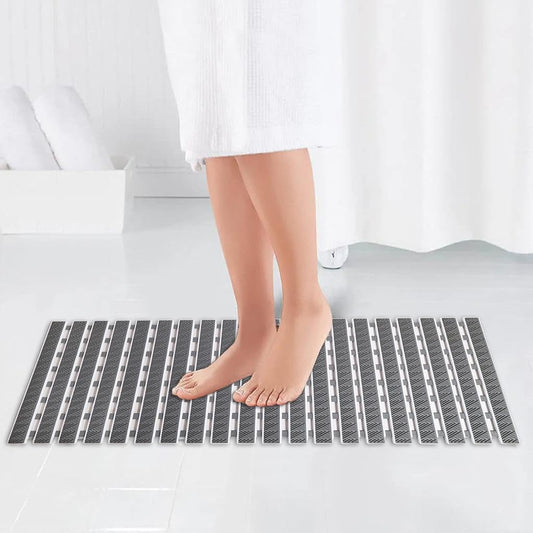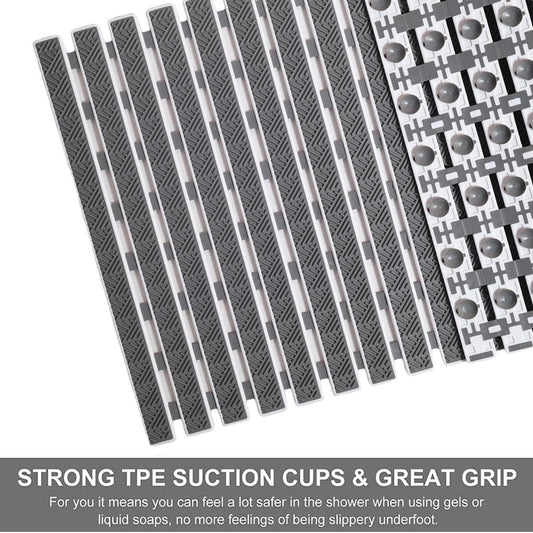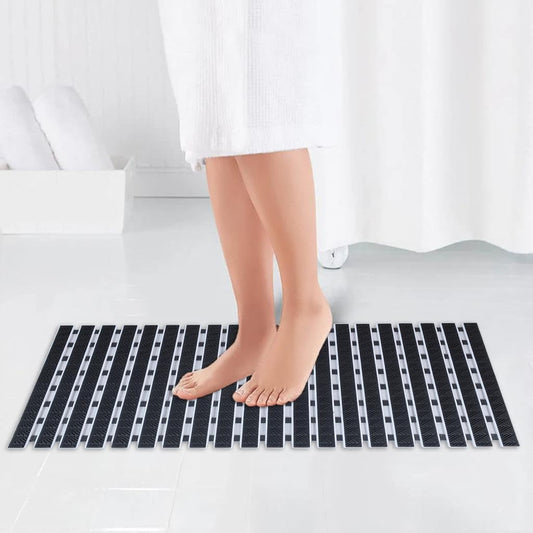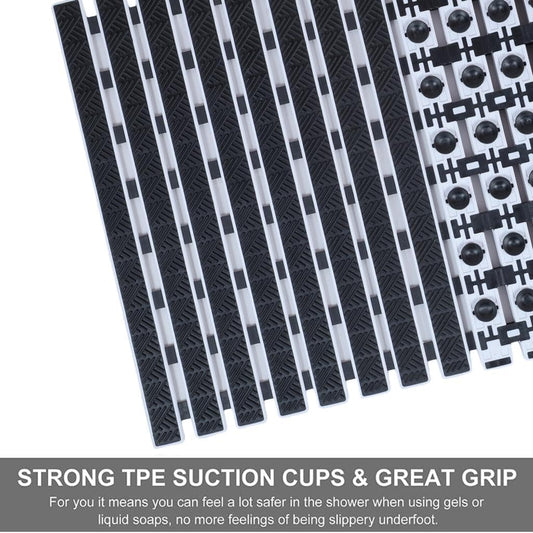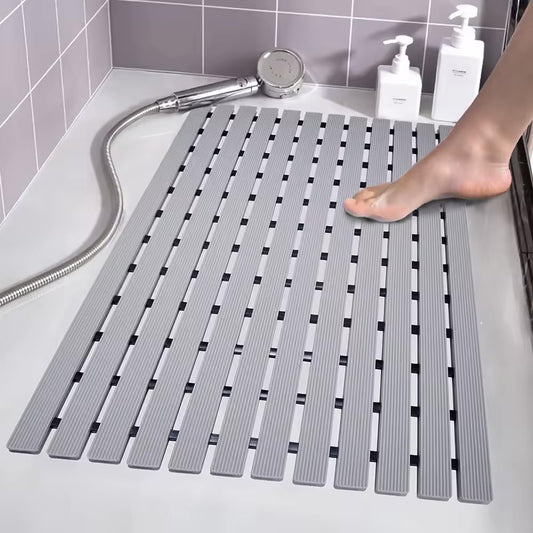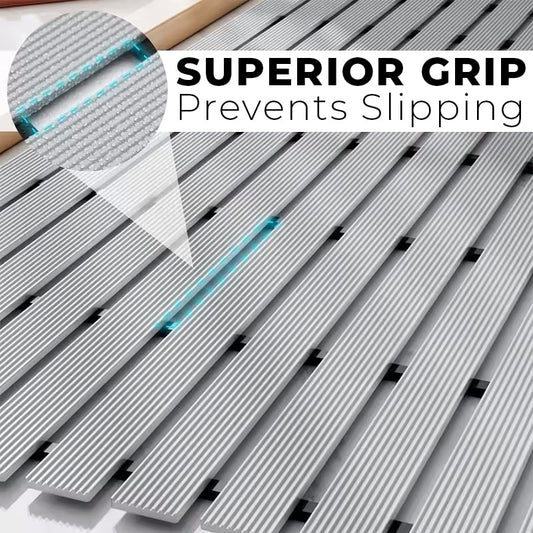Why High Thread Count Isn’t the Key to Quality Bedding
Introduction
For years, thread count has been marketed as the defining factor of high-quality bedding. The logic seems simple higher numbers equate to softer, more luxurious sheets. However, the reality is far more shade. Thread count, the measure of threads woven into a square inch of fabric, can be manipulated by manufacturers using multi-ply threads, ultimately inflating the count without improving the quality. Instead of being swayed by astronomical figures, true bedding connoisseurs know that fabric composition, weave, and finishing processes matter far more in determining the plushness and longevity of sheets.
Fabric Matters: The True Foundation of Luxurious Bedding
The type of fabric used in bedding is the single most influential factor in its feel, durability, and breathability. While thread count can provide some insight, the fiber’s origin and treatment have a far greater impact. Premium natural fibers such as Egyptian cotton, linen, silk, and bamboo each possess distinct properties that contribute to a sumptuous sleeping experience.
Cotton Royalty: Egyptian, Pima, and Organic Cotton Explained
Cotton remains the gold standard in bedding, but not all cotton is created equal. Egyptian cotton, grown along the Nile, boasts extra-long staple fibers that produce exceptionally soft and durable sheets. Pima cotton, often branded as Supima in the U.S., offers similar benefits with a slightly more accessible price point. Organic cotton, free from pesticides and harsh chemicals, is a sustainable alternative that is as gentle on the skin as it is on the environment.
Linen Love: Why This Timeless Fabric Stays Cool and Gets Better with Age
Linen, woven from flax fibers, has been cherished for centuries for its breathability and durability. Unlike cotton, linen naturally wicks moisture and enhances airflow, making it a preferred choice for warm climates and hot sleepers. Its signature textured appearance softens with each wash, aging like fine wine.
Bamboo and Eucalyptus: Eco-Friendly, Breathable, and Ultra-Soft
Bamboo and eucalyptus fibers have revolutionized modern bedding with their eco-conscious and performance-driven properties. These renewable materials yield fabrics that are exceptionally soft, antimicrobial, and moisture-wicking. Bamboo-derived sheets, often marketed as viscose or lyocell, have a silky-smooth feel while regulating temperature efficiently.
Weave It Right: How Fabric Construction Affects Comfort
While fiber quality determines the raw potential of bedding, the weave dictates its texture and overall feel. The interplay of threads and the weaving technique can transform fabric into something crisp, silky, plush, or textured. Understanding these weaves helps in selecting sheets that align with personal sleep preferences and seasonal needs.
Twill, Jersey, and Jacquard: Specialty Weaves for Specific Sleep Preferences
Beyond percale and sateen, specialty weaves cater to unique comfort needs. Twill, recognizable by its diagonal ribbing, adds texture and durability to bedding, making it a favorite for those who appreciate a slightly rugged feel. Jersey knit sheets, commonly made from cotton, mimic the softness of a well-worn T-shirt, delivering a casual and ultra-cozy vibe
Percale vs. Sateen: The Battle of Crisp vs. Silky
Percale and sateen are the two primary weaves found in cotton bedding, each offering a distinct tactile experience. Percale, woven in a one-over, one-under pattern, produces a lightweight, breathable, and slightly crisp texture reminiscent of hotel-quality sheets. Ideal for hot sleepers, percale bedding maintains a matte finish and a cool-to-the-touch feel.
Breathability and Temperature Regulation: The Secret to Year-Round Comfort
Comfort in bedding extends far beyond mere softness. The ability of sheets to regulate temperature and allow for breathability is essential for uninterrupted, restful sleep. The right fabric can adapt to the body's natural temperature shifts, ensuring warmth in winter and coolness in summer.
Natural vs. Synthetic Fibers: Why It’s Not Just About Softness
While synthetic fibers may offer affordability and durability, they often lack the breathability required for a truly restful slumber. Natural fibers, such as cotton, linen, silk, and bamboo, provide superior airflow and regulate body temperature effectively. Cotton, particularly long-staple varieties like Egyptian and Pima, wicks away moisture while remaining soft against the skin. Linen, known for its loosely woven texture, enhances ventilation, making it a prime choice for hot sleepers.
Moisture-Wicking Magic: Fabrics That Keep You Cool and Dry
The body's natural tendency to perspire during sleep makes moisture-wicking properties a critical factor in bedding selection. Fabrics like bamboo and eucalyptus-derived Tencel excel at absorbing and evaporating moisture, creating a cool and dry sleeping environment. These materials not only prevent clamminess but also combat bacterial growth and odor accumulation.
Durability Over Numbers: How Long Will Your Sheets Last?
High thread counts often create the illusion of superior quality, but longevity is determined by fabric integrity and craftsmanship rather than exaggerated numbers. The best bedding withstands frequent use and laundering without deteriorating in texture or performance.
Pilling, Fraying, and Fading: Spotting Signs of Poor Quality
Low-quality bedding quickly reveals itself through signs of wear such as pilling, fraying, and color fading. Pilling, caused by short fibers breaking and forming small fabric balls, is common in low-grade cotton or synthetic blends. Fraying along the seams and thinning fabric patches indicate subpar weaving techniques.
Proper Care for Longevity: Washing and Storage Tips for Luxe Bedding
The lifespan of bedding is greatly influenced by proper care. Washing sheets in cold water with mild detergent preserves fabric integrity and prevents shrinkage. Harsh chemicals and high-heat drying weaken fibers, reducing their longevity. Storing sheets in a cool, dry place with breathable storage bags prevents mildew and fabric breakdown.
The Weight of GSM and What It Tells You About Your Sheets
Grams per square meter (GSM) is a crucial but often overlooked indicator of sheet quality. Unlike thread count, which can be manipulated, GSM provides a more accurate measure of fabric density and durability. Understanding GSM helps in choosing the right balance between weight, softness, and breathability.
Light and Airy vs. Heavy and Cozy: Finding the Right Feel for You
Lightweight sheets with a lower GSM, such as percale cotton or bamboo, offer a crisp and breathable feel ideal for warm climates. Heavier sheets, like flannel or dense sateen weaves, provide a cozy, enveloping sensation perfect for cooler temperatures. The ideal sheet weight depends on individual preference and sleeping conditions, ensuring maximum comfort throughout the year.
Why Thicker Doesn’t Always Mean Softer
Thicker sheets can be misleading; bulk does not necessarily equate to comfort. A higher GSM might result in a more substantial feel, but excessive density can reduce breathability and trap heat. In contrast, well-constructed sheets with a balanced GSM offer both softness and breathability.
Pillowcases and Duvet Covers: The Unsung Heroes of a Cozy Bed
While sheets and mattresses often steal the spotlight in the pursuit of ultimate comfort, pillowcases and duvet covers play an equally crucial role. These unassuming layers do more than just encase pillows and comforters they dictate the tactile experience of sleep, influence breathability, and add a stylistic flourish to the bedroom.
Envelope Closure vs. Open-End Pillowcases: Which is Better?
Pillowcases may seem like a simple choice, but their design influences both function and aesthetics. Envelope closure pillowcases feature an internal pocket that securely tucks the pillow inside, ensuring a neat, tailored look that prevents the pillow from slipping out during the night. This design is favored for its polished appearance and practicality, particularly for those who toss and turn.
Duvet Cover Materials That Enhance Sleep and Style
A duvet cover serves as the first point of contact with your comforter, making material selection pivotal for comfort and temperature regulation. Cotton duvet covers, particularly percale and sateen weaves, provide a breathable and soft feel, with percale offering a crisp touch and sateen delivering a silky, luxurious drape. Linen duvet covers, revered for their natural texture and durability, enhance airflow, making them ideal for warm sleepers.
Sustainability and Ethical Production: Sleeping Soundly with a Clear Conscience
The bedding industry has long been dominated by mass production and synthetic materials, but the tide is shifting towards sustainability. Conscious consumers are now considering the environmental impact and ethical production of their bedding choices.
The Environmental Cost of Cheap Bedding
Mass-produced, low-cost bedding often relies on synthetic fibers and chemically-intensive processes, leading to significant environmental degradation. Polyester, a common component in inexpensive bedding, is derived from petroleum, contributing to plastic pollution and non-biodegradability. Additionally, conventional cotton farming uses excessive water and pesticides, further straining natural resources.
Brands That Prioritize Sustainability and Fair Labor Practices
Fortunately, a growing number of brands are embracing ethical production practices and sustainable materials. Companies with OEKO-TEX, GOTS (Global Organic Textile Standard), or Fair-Trade certifications ensure their bedding is free from harmful chemicals and produced under fair labor conditions. Brands utilizing organic cotton, Tencel, hemp, and recycled fibers reduce environmental impact while maintaining luxurious quality.
The Feel Factor: Why Personal Preference Always Wins
Bedding is deeply personal. What feels like a cloud of comfort to one person may feel stiflingly warm or excessively crisp to another. While expert recommendations and high-end materials play a role, the ultimate determinant of bedding satisfaction is personal preference.
Sample Before You Commit: The Perks of Trying Before Buying
Purchasing bedding without testing it first can be a gamble. The texture, weight, and overall feel of sheets or pillowcases can vary dramatically from one fabric to another. Many retailers now offer fabric swatches, allowing shoppers to touch and compare materials before making a decision. This simple yet effective step prevents disappointment and ensures the selected bedding aligns with personal comfort preferences.
Why Sleep Trials and Return Policies Matter for Bedding
Even with careful selection, bedding sometimes doesn’t meet expectations after a full night’s sleep. This is where sleep trials and return policies become invaluable. Many high-quality bedding brands now offer generous trial periods, allowing customers to test sheets, duvets, and pillows over several weeks. This period ensures that the fabric breathes well, the weight feels right, and the overall experience enhances sleep rather than disrupts it.
Final Thoughts: Investing in Bedding That Actually Improves Your Sleep
The best bedding isn’t the most expensive or the highest thread count—it’s the one that complements your unique sleep preferences. By prioritizing feel over marketing claims, testing materials beforehand, and taking advantage of trial periods, you can build a bedding collection that genuinely enhances sleep quality. Thoughtful investment in comfort pays off night after night, making bedtime something to truly look forward to.
